Warning: The following article contains spoilers for Deltarune. Yes, real ones. All the way to the end of Chapter 1. If you don’t want spoilers, file this one away for later.
If you’re anything like me, you spent a significant portion of Halloween delving into the depths of Deltarune. The surprise game, released as a “survey” on the official game Twitter, introduces both familiar and familiar-looking characters. Along with a new story and more JRPG-esque game mechanics, it was… a lot to take in, to say the least.
Add to this the fact that it’s only Chapter 1, and we’re assured of a lot of weirdness ahead.
But as I played, I noticed something deeply different about Deltarune—something which, honestly, I considered one of its predecessor’s main draws. Undertale was an experiment in player choice: your play style had consequences, many of them permanent. Undertale also broke the fourth wall repeatedly. Thus, the player was as much a part of the story as any character.
Deltarune, on the other hand, doesn’t even go five minutes without its big slap in the face: your choices mean nothing.
On Rails
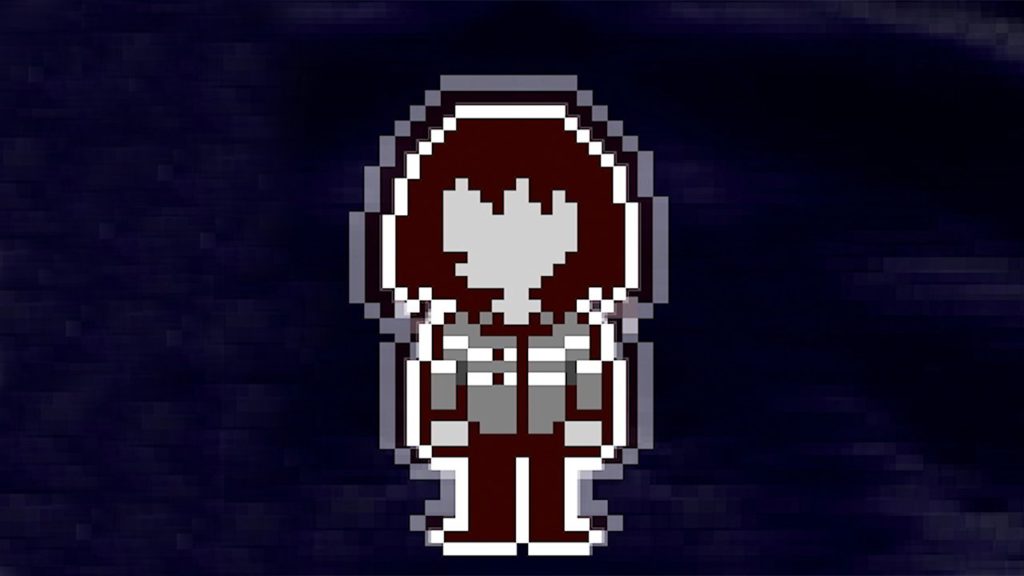
Deltarune kicks off, rather excitingly, with a character creation screen. You get to design your own little Fallen Child, feed them personality traits, and give them a name. (I named mine “Darling” because I loved them.)
Then the game’s like “Whatever, we don’t get to pick who we are in this world, your name is Kris.” And, really, things don’t get much more hands-on from there.
For those unfamiliar with the term, a game that’s “on rails” is just what it sounds like: an experience that shuttles you from Point A to Point B with no variant—either in terms of exploration or decision-making. Nowadays, we expect games to either let us explore and do (or ignore) side quests, or allow us to influence the game’s ending via our choices. Undertale excelled by creating a story that not only changed with our choices, but gave a reason for that change.
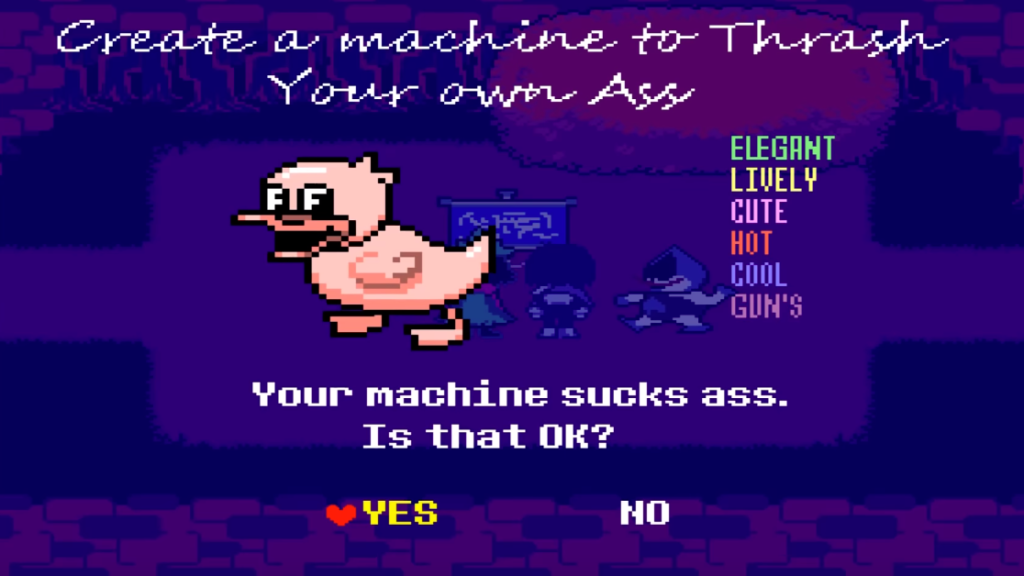
Deltarune continues to lampshade that difference throughout its first chapter. Fluffy prince Ralsei (unscramble his name for a surprise!) insists that following a pacifist route will lead to something good for us. Ultimately, though, there are no different endings. When we do make a decision, characters either ignore it or don’t wait to hear it. Killing and sparing lead us down the same road. And our one major custom addition to the game gets blown up in our faces.
It’s a very un-Undertale experience: constant reminders that, no matter what you do, you ultimately exert no influence over the game world.
Breaking Free
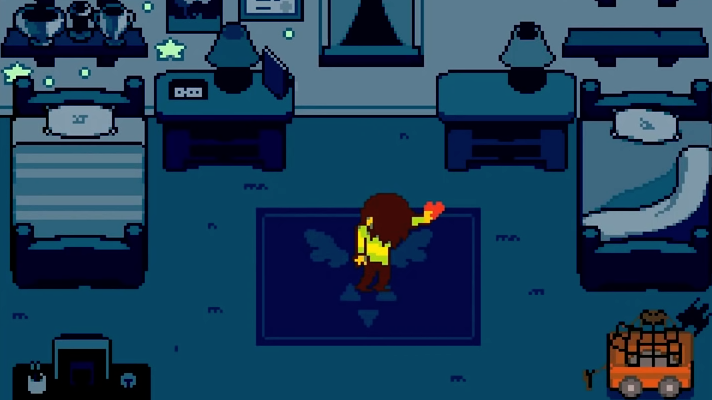
The end of Chapter 1 seemed to come out of nowhere, with a sleepwalking Kris ripping their SOUL right out of their chest and chucking it into Chekhov’s Birdcage in the corner there. Our closing image is of Kris going full Chara, with a manic grin and glowing eyes. But is this “our” Chara?
The similarities are undeniable: same color scheme, same mad eyes and knife. But Toby Fox confirms that Deltarune takes place in a different continuity. In other words, we don’t see our Toriel, our Sans, etc. At best, if Kris really is Chara, they are a new Chara analog being born.
But what does that entail? In Undertale, we (as Frisk) stumbled into a story close to its end. With Deltarune, we appear to be coming in at the beginning. Kris is a quiet kid (if you chat around town a lot, people will note how unusually talkative you are), unpopular, and easily bullied. Their brief adventure with Susie and Ralsei as a world-saving Lightner is heroic, sure, but… not really much their doing. If anything, they’re largely pushed around and ignored. And this is despite allegedly being quite important.
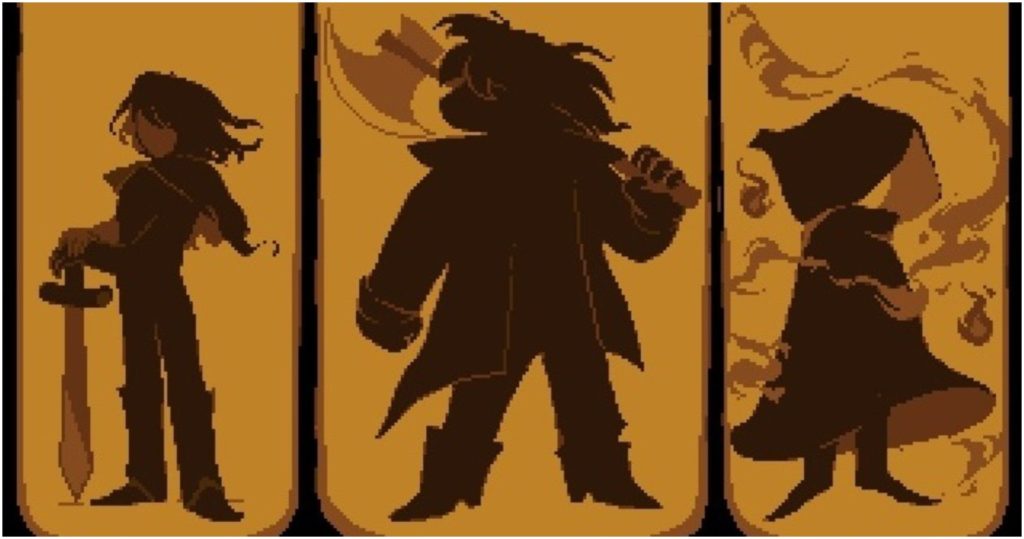
Perhaps this is the Undertale version of The Quiet Kid snapping: a character who is simultaneously a protagonist and a third wheel finally having had enough. Perhaps the original bloodthirsty Chara had a similar origin story and motivation, but we only know them as thriving on bloodshed without the “why.” Or, perhaps this is a new world created after the Soulless Pacifist ending.
If this is the case, what does it mean for Deltarune going forward?
Time to Fight
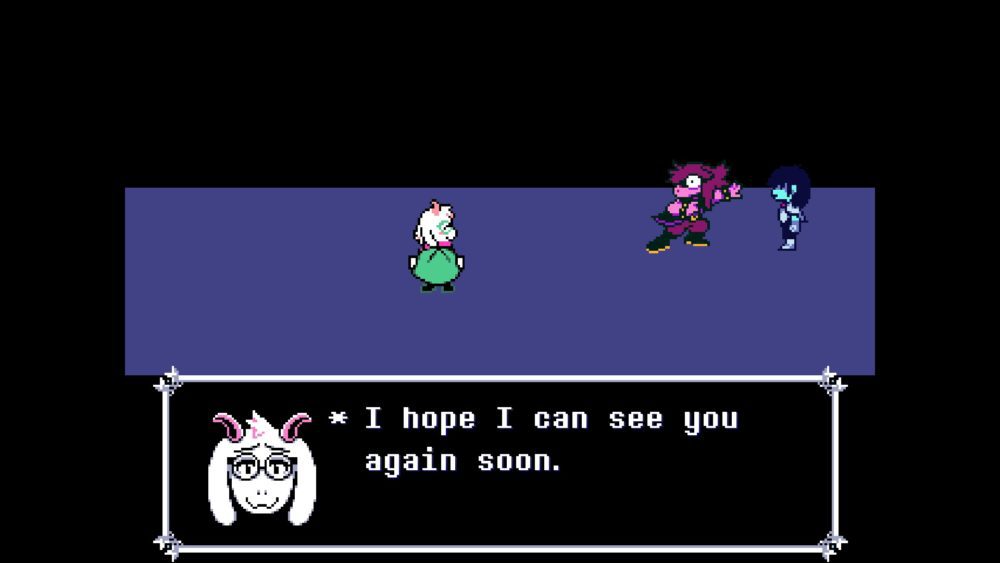
There are countless theories concerning what exactly Deltarune is, and I prefer to leave that up to the loyal Undertale canon-welders. The original game offers multiple explanations, all of which could be equally true at this point. But what interests me is what this means for gaming experience. We’ve played as a third wheel with no influence on the Dark World. What next?
Toby Fox states in a TwitLonger post that the complete version of Deltarune could come out years from now, and that he’ll need a team to make it happen. He also states that there’s only one ending, though it’s unclear whether he’s referring to the eventual full game or just Chapter 1. Either way, this seems to be teasing the flip-side of Undertale, and the sort of environment that could make someone like Chara exist. What if you were promised control (albeit only via context clues), but actively denied it? This rings especially true when you realize that you can, in fact, move Kris’s SOUL around once it’s inside the cage.
In all likelihood, Deltarune as a whole will be just as on rails as its sample chapter. The story is about lack of control, at least from what we’ve seen, and what that lack of control does to a person. Just as Undertale demonstrated the consequences of choice by having Frisk disobey us as we followed the Genocide Route, Deltarune may well force us to feel what Kris feels, essential for the game to function but with our desires largely ignored.
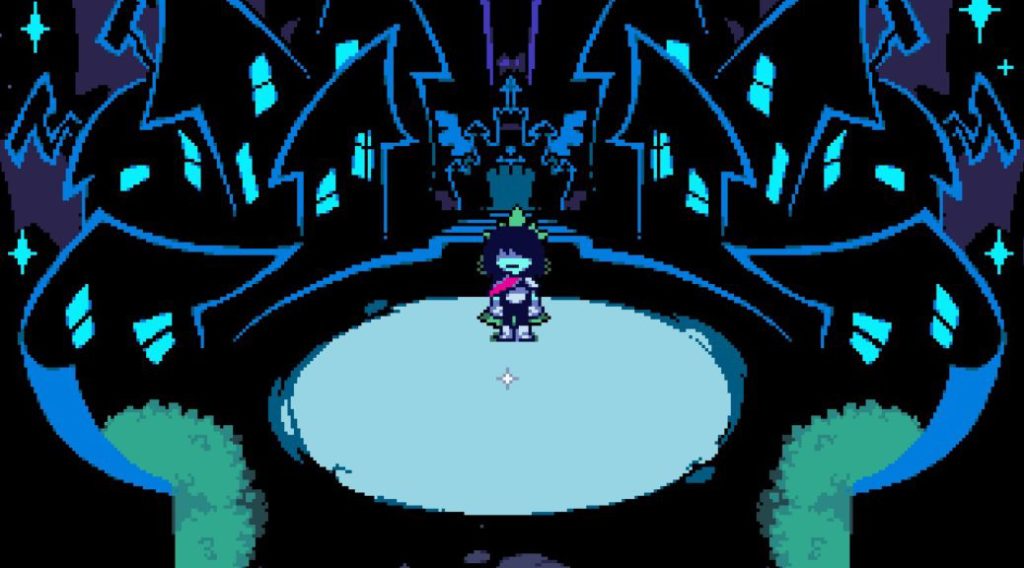
We may not find out what’s going on for several years, according to Fox. But hopefully he’ll collect a team and finish creating this new story. In the meantime, it’s a creepy coda to a game all about the responsibility of choice.

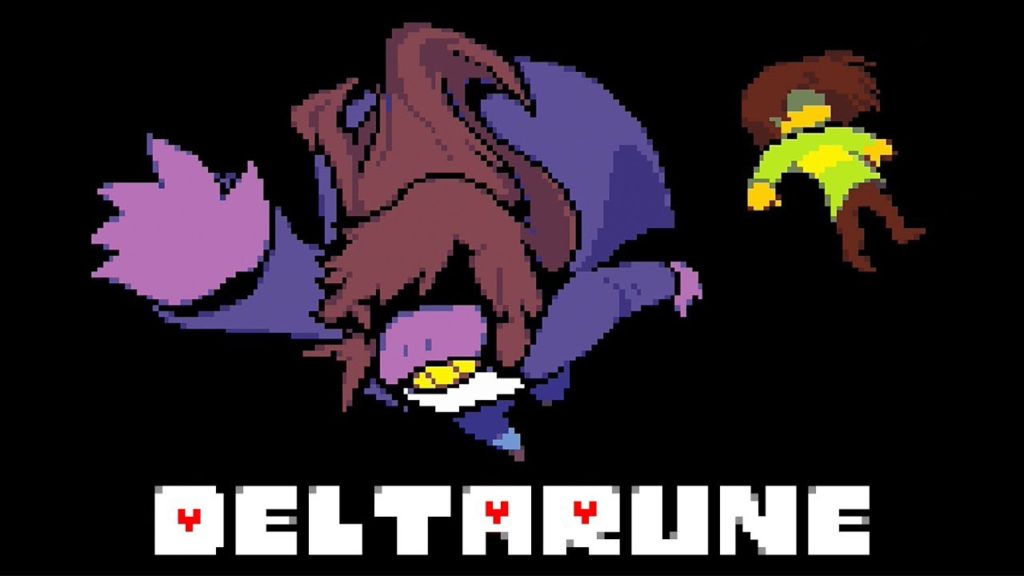
Comments are closed.